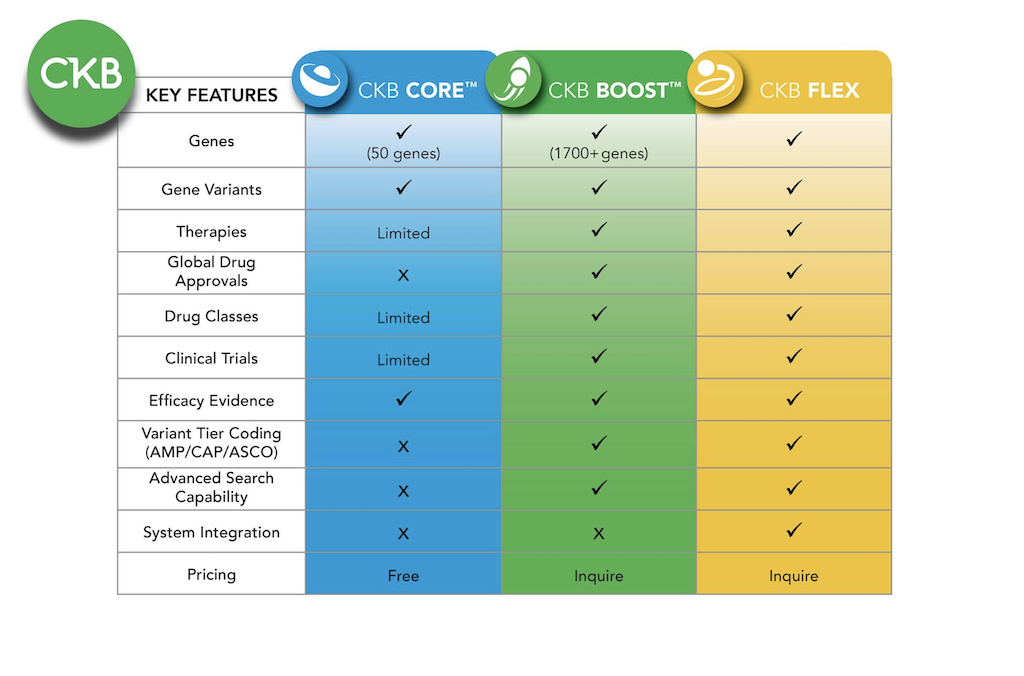Gene Detail
Contact
Missing content? – Request curation!
Request curation for specific Genes, Variants, or PubMed publications.
Have questions, comments, or suggestions? - Let us know!
Email us at : ckbsupport@jax.org
| Gene Symbol | PALB2 | ||||||||||
| Synonyms | BROVCA5 | FANCN | PNCA3 | ||||||||||
| Gene Description | PALB2, partner and localizer of BRCA2, recruits Brca2 and Rad51 to repair DNA through homologous recombination (PMID: 24998779, PMID: 30638972). PALB2 loss of function mutations have been linked to hereditary breast cancer (PMID: 25135369) and male breast cancer (PMID: 31067289). | ||||||||||
|
|||||||||||
Additional content available in  CKB BOOST
CKB BOOST
